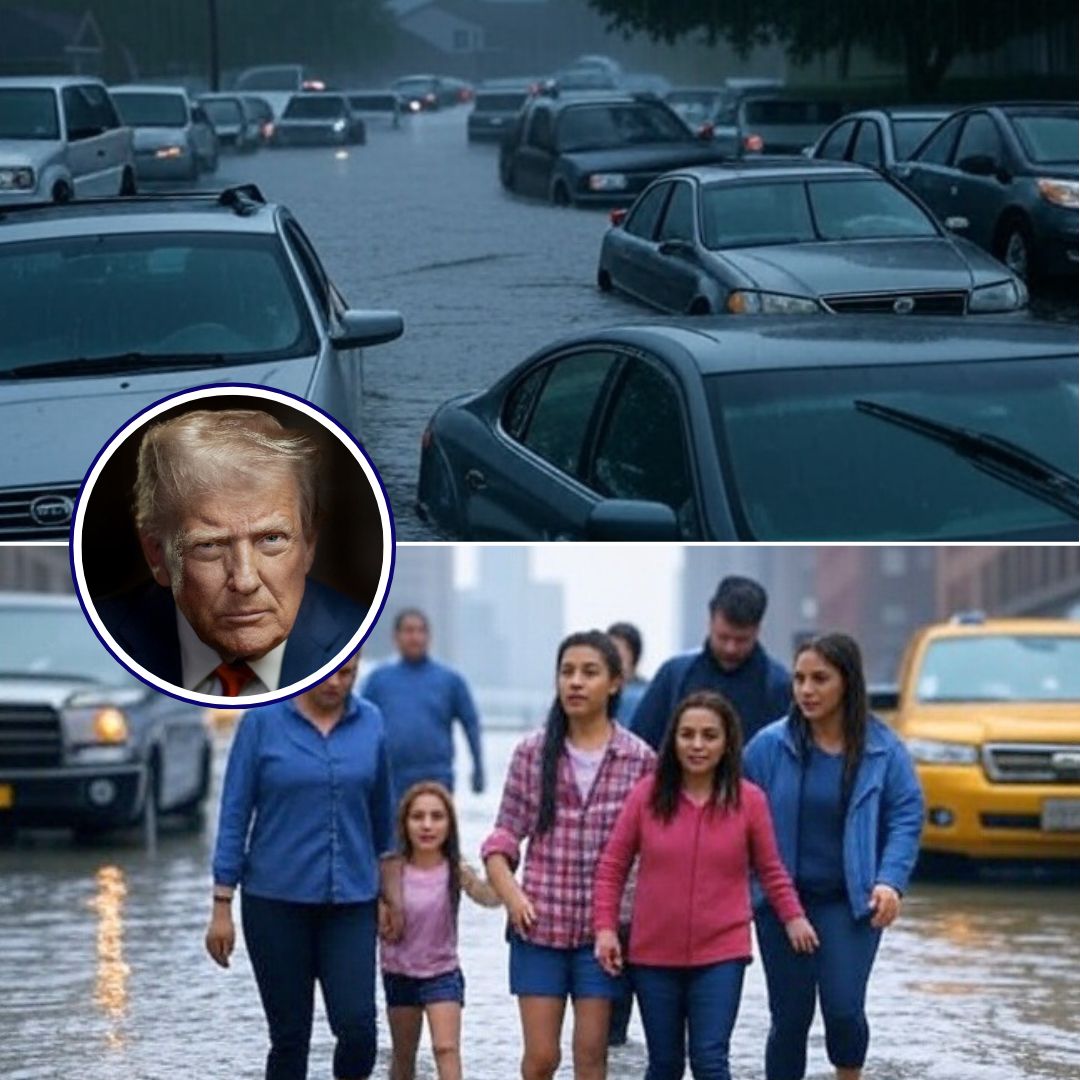An emergency has been declared in New York City following severe flash floods that have brought the city to a virtual standstill. The National Weather Service issued urgent flash flood warnings across Manhattan, Queens, and the Bronx after rainfall rates surged to 2 to 3 inches per hour, with certain areas receiving as much as 8 inches of rain in a single day.
The unprecedented downpour has overwhelmed drainage systems, forced widespread evacuations, caused significant disruptions to transportation, and led officials to urge residents to avoid non-essential travel while emergency services respond rapidly to the crisis.
Unprecedented Rainfall and Immediate Impact
Severe flash floods swept through several boroughs of New York City, inundating streets, subway tunnels, and homes. The sheer volume of rainfall – recorded as much as 8 inches in some locations in just 24 hours – overwhelmed the city’s infrastructure. The National Weather Service emphasised the urgency of the situation, issuing multiple flash flood warnings particularly for Manhattan, Queens, and the Bronx. A spokesperson stated, “We are witnessing rainfall rates never seen before in recent memory, which have created extremely hazardous conditions. Residents are advised to remain indoors and avoid flood-prone areas.”
Local authorities swiftly responded by declaring an emergency status, mobilising emergency personnel, public works, and rescue teams to manage the floodwaters and assist those trapped or displaced. Public transportation plunged into chaos as subway lines were suspended or delayed due to waterlogged tunnels. Many main roads became impassable, stranding commuters and forcing closures of schools and businesses. Hospitals and critical services reported working overtime to manage emergencies.
Community members voiced their concerns and fears as the floods disrupted daily routines and caused property damage. One resident from Queens shared, “It felt like the city was underwater overnight. Streets turned into rivers, and we had to evacuate to higher ground.” Emergency shelters were set up to accommodate displaced families, and distribution centres opened to provide food, water, and essential supplies.
A Broader Pattern: Climate Change and Urban Vulnerability
Experts note that this catastrophic flooding fits into a wider trend of extreme weather events linked to climate change. Increasing global temperatures have led to shifts in weather patterns, contributing to heavier precipitation over shorter periods. Cities like New York, with large impervious surfaces such as concrete and asphalt, face heightened flood risks because rainwater fails to absorb easily into the ground.
Past incidents had already highlighted the city’s vulnerability. The damage caused by Hurricane Sandy in 2012 and subsequent heavy storms prompted discussions on urban resilience and infrastructure upgrades. However, as this recent event shows, much remains to be done to fortify the city’s defences. Climate scientists warn that such flash floods may become more frequent unless significant measures to reduce carbon emissions and adapt urban planning are implemented.
Urban planners, environmentalists, and city officials face the challenge of designing systems that balance development with sustainability. Green infrastructure, improved drainage networks, and emergency preparedness are critical to minimising future impact. Authorities are also examining evacuation protocols and public communication strategies to ensure swift alerts and responses.
The Logical Indian’s Perspective
The devastating flash floods affecting New York City serve as a sobering reminder of the urgent need for collective action against climate change. At The Logical Indian, we believe that confronting environmental challenges requires a compassionate approach centred on unity, empathy, and actionable solutions. Our cities must evolve to protect their most vulnerable citizens while fostering coexistence between human progress and nature.
This crisis invites a broader reflection on how rapidly urban development can coexist with sustainable practices promoting resilience and safety. It is crucial to prioritise policies that strengthen infrastructure, support vulnerable communities, and adopt environmentally responsible lifestyles and technologies.











